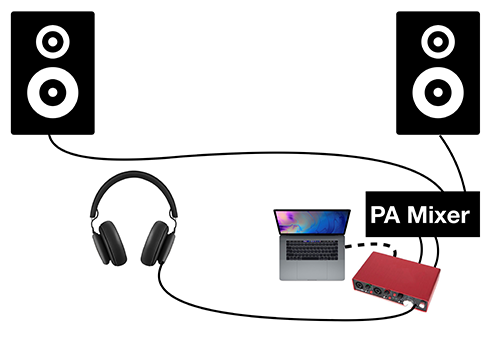A Quick-Start Guide to Playing Electroacoustic Percussion
A Quick-Start Guide to Playing Electroacoustic Percussion
by Jonathan Sharp
February 26, 2020
Over the past decade, the number of pieces written for percussion with electronics (electroacoustic percussion) has increased exponentially. It is becoming standard practice to include electroacoustic repertoire in university curricula and recitals. There has also been a rise in the assortment of electroacoustic etude and solo collections geared toward younger percussionists, with play-along tracks that get them acclimated to the electroacoustic genre.
Given that, there is a lack of research prescribing standard approach and performance practice of electroacoustic music. Fortunately, it is more affordable than ever to acquire the technology needed to compose and perform electroacoustic music. Distilling the genre down to two main categories is helpful is developing an understanding of what technology and setups are needed for the broad scope of repertoire.
WORKS FOR PERCUSSION AND FIXED MEDIA
This is the most common type of electroacoustic work and is just another name for “with tape” or “with soundscape.” These works require the performer to play along either with or without a click track. Performing these types of works often requires careful study to understand the fixed media part and how it interacts and supports the solo part, analogous to studying the score to a chamber piece.
The Basic Setup
• Audio player (smartphone or computer)
• PA system (a pair of PA speakers for the audience to hear the track)
• Earbuds or headphones (so you can hear the track and/or click)
• Cables to connect the audio player to the PA
• Audio splitter, if the piece has a click track. This will split the stereo signal into two mono channels; one channel will have the click track for the performer’s earbuds, and the other channel will have the audio track for the PA speakers. The audience will hear the track in mono.

This technology outfit is very affordable, easy to set up, and works for a large portion of our electroacoustic percussion repertoire. However, many pieces are composed with audio panning from left and right channels and need a stereo output to the audience. Pieces that necessitate stereo output to the audience and no click track still can utilize the “basic” setup. However, if the performer will also need to hear a click track, he or she will need the same equipment as prescribed above, plus:
• Audio interface with at least two audio outputs
• Audio Software capable of sending multi-output audio. Most audio interfaces come with some sort of software designed to handle this need. Examples include Ableton Live, Apple Logic, Mainstage, and many others.

WORKS FOR PERCUSSION AND LIVE ELECTRONICS
“Live electronics” generally refers to sounds and effects created at the moment of performance—a more interactive integration of acoustic and electronic elements. Works that fall into this category can be divided into three subcategories:
• Electronic Effects: Application of simple effects, such as delay and looping, to a live sound.
• Live Electronics: Altering a live sound through the application of effects, such as transposition or manipulation of the sound envelope.
• Controller: Utilizes a MIDI mallet controller or MalletKAT-type of electronic instrument.
Works from this “Live Electronics” category will usually utilize a setup resembling the diagrams above, with the possible addition of microphones, delay and looping effects, or MIDI controllers (e.g., MIDI pedals, MalletKAT, various Keith McMillen instruments, etc.). Another feature of these works is the use of various software, often a DAW (Digital Audio Workstation), to sequence through different effects or processes on a computer during a live performance. Some of the most common software includes Max/MSP, Pure Data, and Ableton Live, among many others.
We are currently experiencing the best time in our percussion history to explore an endless palette of colors complemented by an ever-growing body of accessible technology. Consequently, it has become difficult to program a concert or recital without running into some sort of electroacoustic repertoire. Understanding the technology is crucial to staying current to the modern trends in teaching and performance.
The best way to become acclimated to playing electroacoustic music is to jump into a piece of repertoire. Keeping it simple at first will help evade frustration and stress. Having success with the basics of electroacoustic repertoire, you will have the confidence to explore other repertoire with more elaborate hardware and/or software. It takes only a short amount of time to get familiarized to new technology, as if getting acclimated to a new instrument. When you acquire a solid understanding of these tech tools, you will have a blast exploring the endless sonic possibilities in this contemporary medium. Dive in and have fun!

Dr. Jonathan Sharp is a percussion artist and educator with an extensive and diverse teaching background, serving as Assistant Professor of Music (Percussion) at Iowa State University in Ames, Iowa. An advocate of electro-acoustic music, he remains active in commissioning and premiering new works for percussion and electronics. He has been a guest clinician and performer at PAS Days of Percussion throughout the Midwest and the South, presenting electroacoustic solo percussion music. Jonathan holds degrees from the University of Kentucky (DMA), University of Illinois (MM), and Morehead State University (BM)









